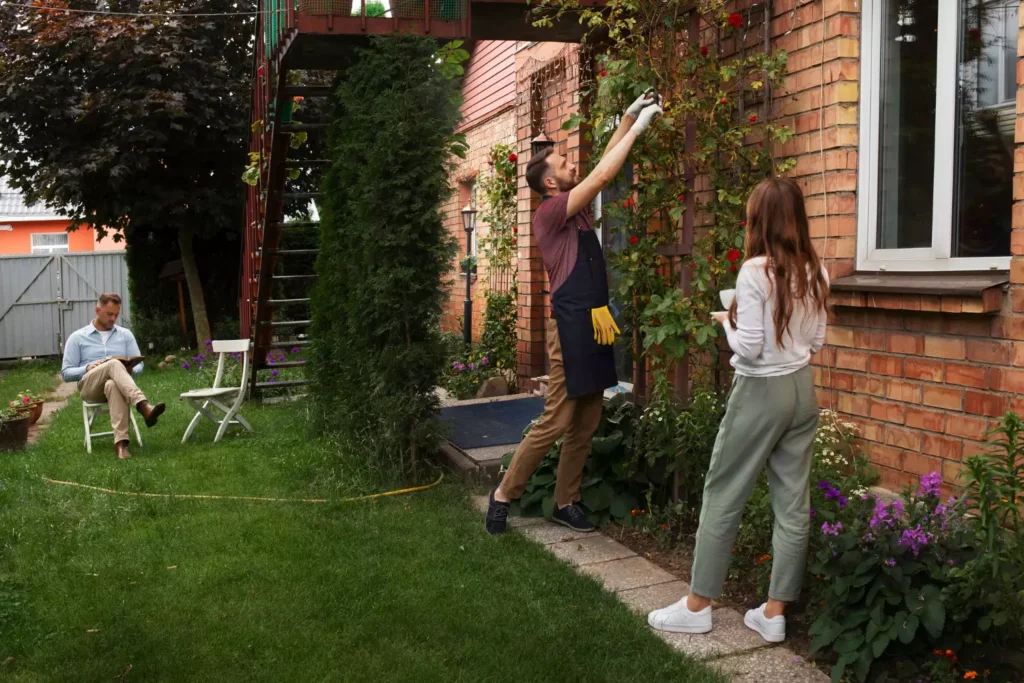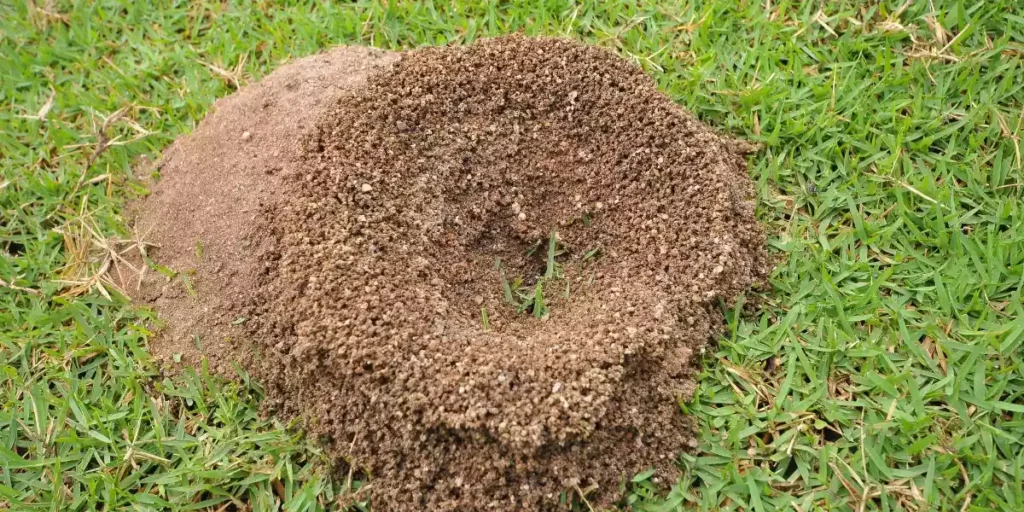Moss can either be a decorative ground cover plant or a troublesome weed. While moss won’t destroy the grass, it can make your lawn look uneven and full of holes. Fortunately, there are some solutions to deal with moss.
In this article, I will tackle the issue of moss growth. Usually, it can be cumbersome to find a working home remedy for a particular problem occurring in the garden. However, there are several organic techniques that you can confidently use to combat moss.
Spreading iron sulfate is one way to get rid of moss. Adding lime to the soil to make it less acidic is another way. You can also rake the moss directly off the grass using a wire fan rake. While the easiest and safe method is to apply a soap and water solution.

I would also like to add that it is incredibly vital that you consider not just the fact that moss is on our lawn, but rather why it is there and the possible reasons behind it. If you would consider this and eliminate the causes of its formation, you may find that the chance of moss reappearing would be minimal.
Moss is the most persistent issue primarily for gardeners who live in a place where the conditions are right for its growth. And this occurs in areas with increased humidity. Moss develops faster during winter, especially on lawns that are not disturbed during this period.
During autumn, your lawn may be left moss-free. However, it may be the case that it regrows again early in spring.
Are ants disfiguring your lawn? Be sure to read: “How to Fight Ants in the Garden? (Home Ways to Fight Ants)“.
In my opinion, it’s worth making some effort to keep your lawn as green as possible. In my article, you will also learn about methods to ensure that moss does not grow back.
You have to realize that getting rid of moss from your lawn requires only two steps:
- Removing the moss.
- Preventing it from growing back.
Yet, there are a few things you should know about moss before you get down to business.
As a first step, to get rid of moss by non-chemical methods, you need to eliminate the conditions that allow it to emerge. This is the only way to ensure that your lawn will be healthy all year round.
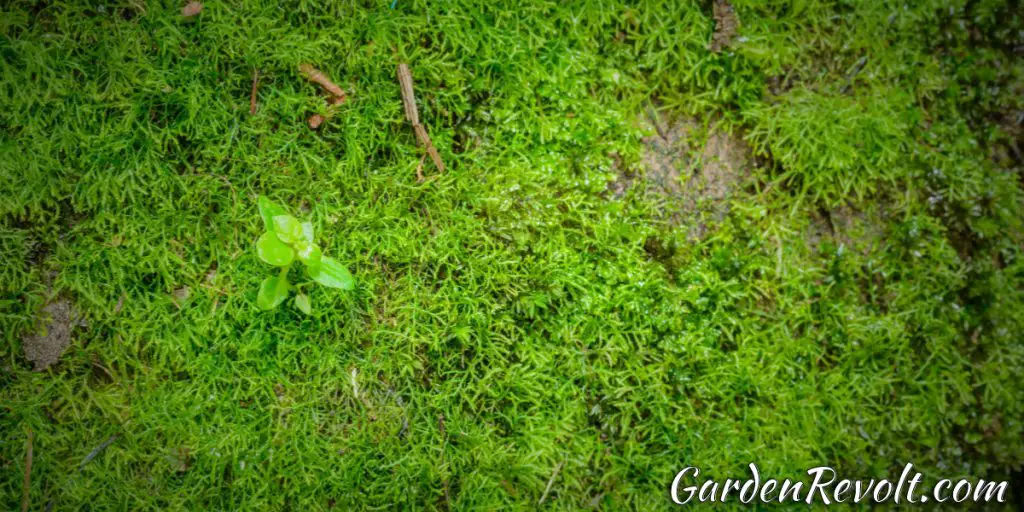
What are the indicators of moss on the lawn?
- Poor drainage
- Shade
- Acidic soil
- Insufficient aeration of the lawn (aeration)
- Lack of fertilization
- Too short-cut grass and excessive or frequent mowing
How to Get Rid of Moss with Home Remedies?
Raking is the most straightforward technique which is often ignored by most people. Perhaps this method is not very popular because it requires some effort on our part. However, it is one of the more effective ways to eliminate moss, because, unlike grass, moss has no roots.
Keep in mind that this technique cannot eliminate moss. Even if it is done very carefully, there will be moss spores left behind, which can regrow. What remains next is to improve the health of the lawn.
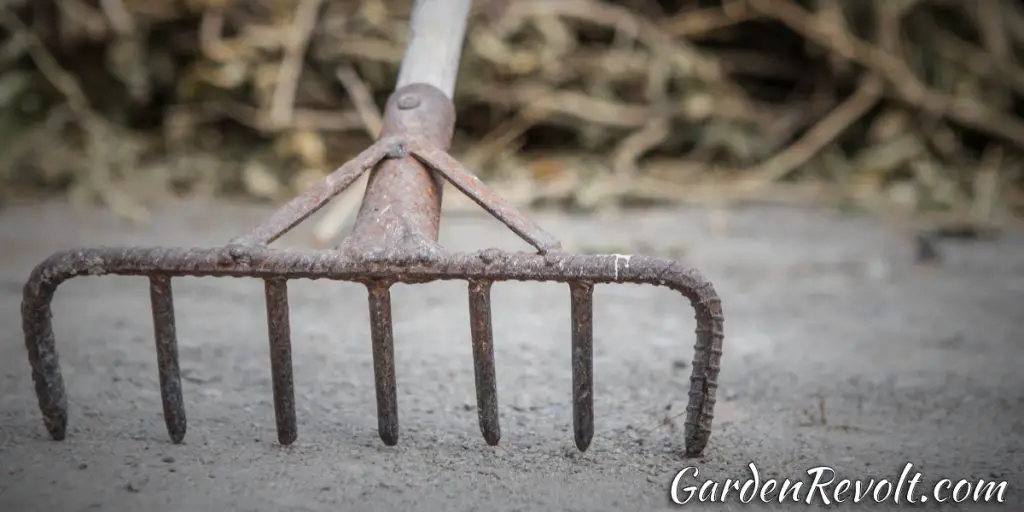
Raking by hand
This method is efficient for small patches of moss on the lawn. Given a small lawn, tools such as mechanical rakes or other specialized equipment won’t do. I suggest taking a shopping bag or a waste basket and using a rake to pick up the moss you find. The most effective way to use a rake is to try to loosen the moss from different angles. Eventually, it should detach from the ground in a larger piece.
Mowing the Lawn With a Mulching Mower
Mulching is the best way to increase soil fertility in your lawn without the need for chemical fertilizers. Mulching functions as a natural fertilizer and is beneficial to the grass. It boosts the number of nutrients entering the soil. The tiny grass clippings from mulching can nourish the lawn with essential nutrients.
Mulching is nothing more than cutting the grass into very small pieces and leaving the clippings on the lawn as a nutritional mulch. An average lawn mower usually cuts the grass into too large pieces. So here we need a specially designed mulching mower.
It is worth pointing out that moss cannot appear on the lawn if the grass receives a lot of natural nutrients.
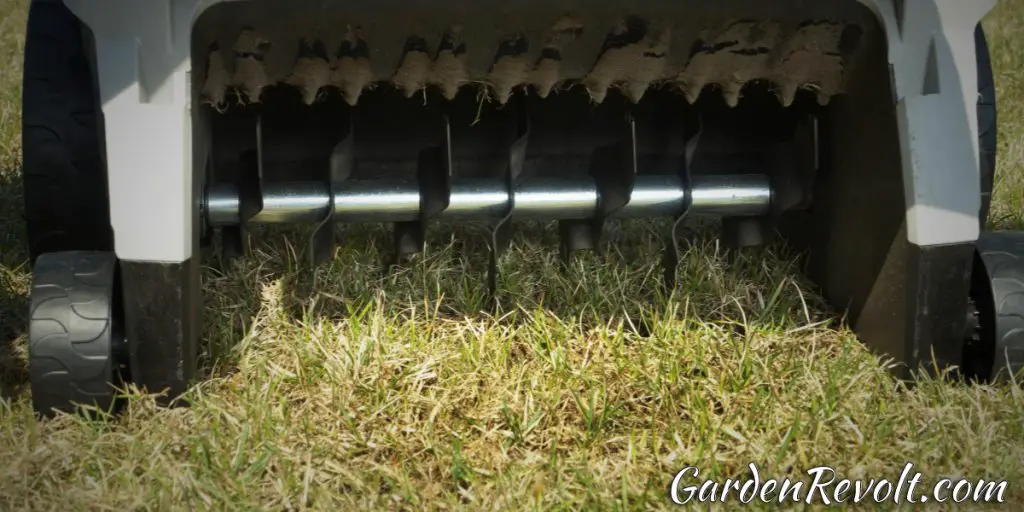
Lawn Verticulation
When a layer of thatch forms on the lawn that impedes the flow of water and oxygen, moss will have the conditions to grow. Grass being under the moss will not have the right to grow – and particularly when there is a thick layer of thatch. A layer of thatch also hinders drainage.
Thatch is nothing more than a layer of dead blades of grass and clippings left over from mowing grass and any remaining organic matter intertwined with each other.
At this point, the lawn verticulation procedure will be necessary. It involves pulling out the layer of thatch and improving the overall condition of the lawn.
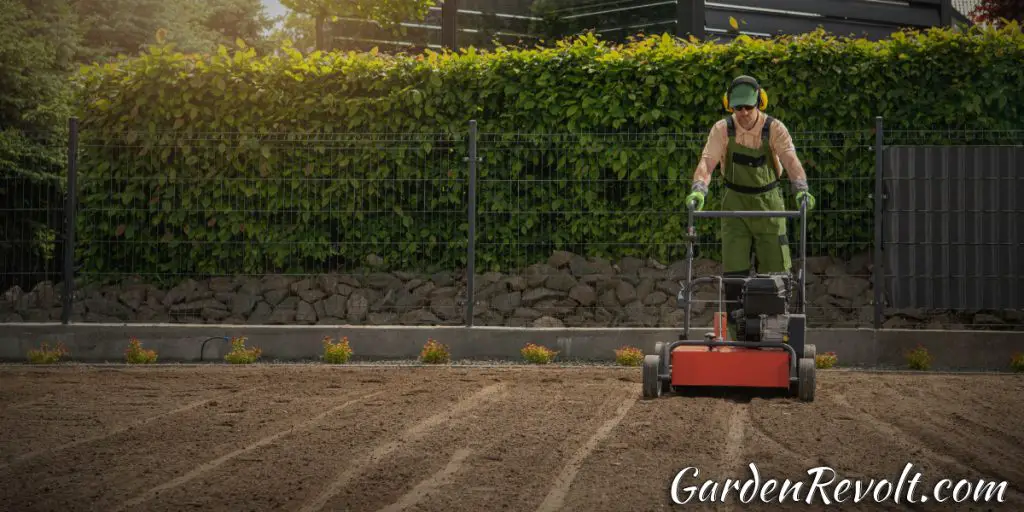
Lawn aeration
Aeration is another method for the grass to grow well. Proper aeration is a prerequisite for the grass to receive sufficient nutrients and water. It is a natural way to combat moss.
- Aeration improves drainage
Grass will grow healthier if it is properly aerated. Do apertures in strategic areas of the lawn. Moss tends to thrive in moist areas with poor ventilation. You can discourage their growth by improving your lawn’s drainage by doing a drain hole.
Abstracting from the need to get rid of moss, it would be most beneficial if you were to consider aerating your lawn at least once a year.
- Aeration enhances air circulation
If you don’t want to resort to chemical methods, make sure your lawn is well aerated throughout the year. By making holes in your lawn (no matter if it’s with a pitchfork or special machinery), you improve the air supply.
- Proper aeration improves the condition of compacted soil
It may not be possible to realize dreams of a great lawn if the soil under the grass is clumped. But with proper aeration, this problem will disappear as quickly as physically possible. If the soil is heavily compacted, use a motorized aerator. Believe me – it’s worth it!
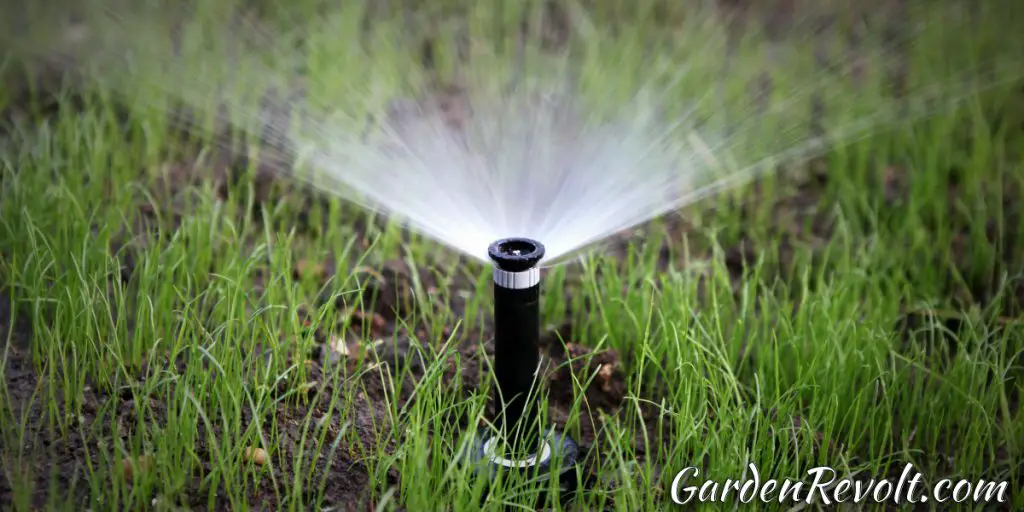
Appropriate lawn watering
Lawns often become thin during droughts. It is advisable to water it at such times. However, if the water remains on the ground for an extended period, it can promote the growth of moss. Reduce the amount of watering if you notice that moss growth has increased significantly. This change may be because the soil has become too wet. So if this happens, provide adequate aeration and improve its drainage. There are many different approaches to improving drainage. You can either dig in special pipes or make additional outlets around them.
Take advantage of a rain gauge. It will allow you to check the water level on the ground. It will assist you in planning how to replenish the water if it turns out to be too dry, or give you information to abandon watering it.
Sunlight
Moss thrives in shady and moist areas. In contrast, grass copes poorly with excessive moisture and shade. It requires adequate exposure to sunlight for the necessary photosynthetic processes to unfold.
Shaded areas, for example, beneath trees, are favorable for moss growth. Plant shade-tolerant shrubs, ground cover plants, and perennials such as pachysandra in these shady areas. This will help prevent the growth of moss.
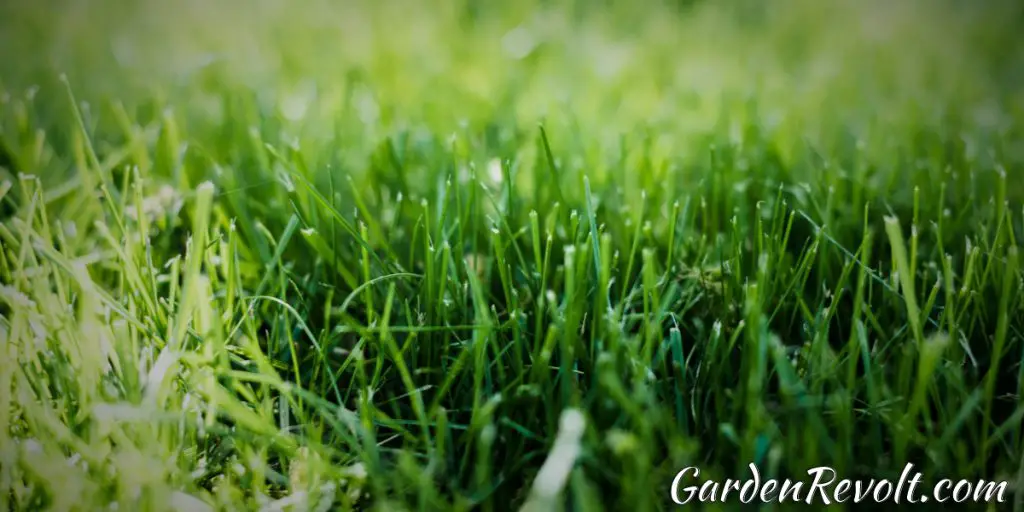
Furthermore, sunlight is vital – it reduces excessive moisture on the lawn. Unlike plants that thrive in moist conditions, grass can wither if there is constant water around it. To keep your lawn as sunny as possible, consider pruning overhanging branches. By reducing shade in this way, you will ensure that the lawn gets optimal hydration.
Avoid Over-Cutting Your Lawn
If you’re trying to get rid of moss, make sure you don’t compromise the health of your grass. Cutting the grass too short has possible negative consequences, such as root damage. Once the grass is damaged, moss can have a chance to grow on it. Always cut the grass to a height that will facilitate regrowth in a short time.
When to Fight Moss In Grass?
We can get rid of moss whenever it appears. It is relatively easy to eliminate it temporarily at any time of the year. However, when it comes to long-term solutions that require changing the natural conditions of the lawn, focus on periods of regular lawn care – especially in spring and autumn.
How to Prevent the Reappearance of Moss?
As you already know, there are at least several factors affecting moss growth. Once you’ve determined the factor that caused the initial moss growth, it needs to be countered.
In order to achieve a healthier and greener grass, avoid these common causes:
Poor Lawn Drainage
First of all, the type of soil may not be favorable for sufficient drainage. Clay soils usually do not drain as well as sandy soils. If the soil is clay, it can be improved by aerating and adding humus or compost.
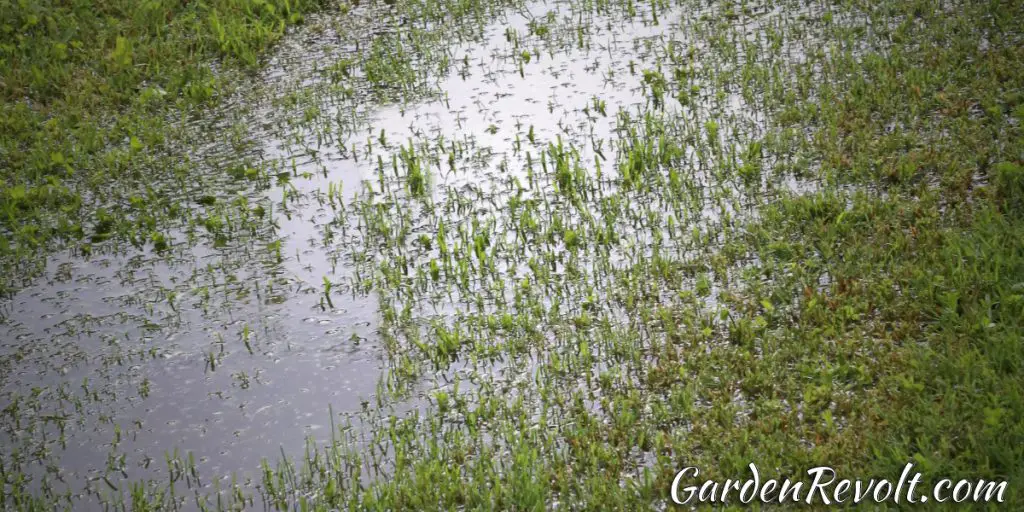
Another factor contributing to poor drainage is a high volume of traffic. If there is a lot of foot traffic on the lawn – such as children playing or frequent garden parties – the soil is most likely to be compacted. To check if the soil is compacted, try pushing a shovel into the soil. If the soil is fine, you should easily plunge the shovel 6-8inches (15-20cm) deep into the ground – if this does not happen, the soil should be aerated.
When digging into the turf, you can also check the depth of the grassroots. Healthy grass should have roots reaching 4-6 inches (10-15cm) deep into the ground. If the roots are shallower, the grass is not healthy, and the culprit is probably compacted soil.
If stagnant water gathers on the lawn during rain – again, not good. It is a must to improve drainage in these areas. First, find the places where water collects and check for cavities in the soil. If an area of the lawn is flooded with water due to it being lower than the rest of the lawn, an easy solution may be to fill the cavity with more soil and flatten the area. If there are still drainage problems, consider installing an underdrain to help drain water from the lawn.
Bad soil pH
Moss has been known to thrive in acidic, or low pH, soil. Most gardening stores have tests for sale to help determine the pH of your soil.
If your soil is too acidic, the most common remedy is to add lime. When adding lime, it’s best to add it during the fall, because that’s when the winter rain and snow will have time to dissolve the lime and make it easier to penetrate the soil. It may take several months for the soil pH level to improve significantly. In case you have problems with your lawn at other times of the year, you can try a fast-acting lime, whose formula allows it to take effect immediately.
A layer of moss covering the lawn may be an indication of poor drainage. Moss loves a moist environment. In addition, if poor drainage inhibits healthy turf growth, moss can grow in areas where the turf is thin.



